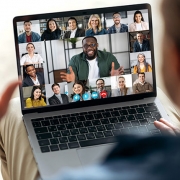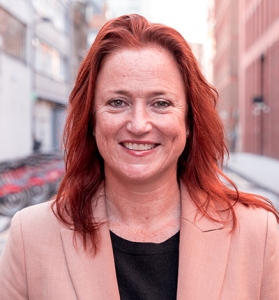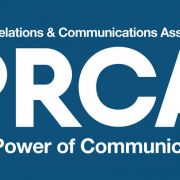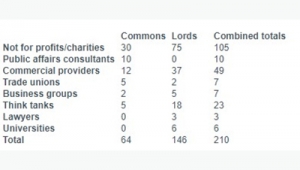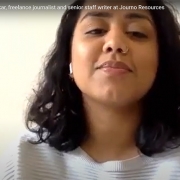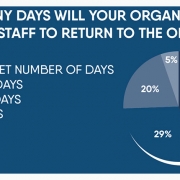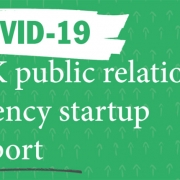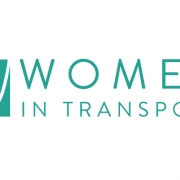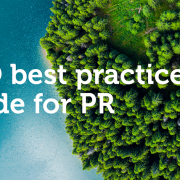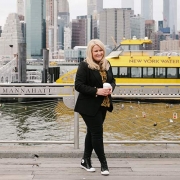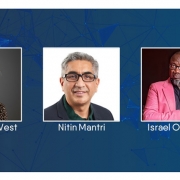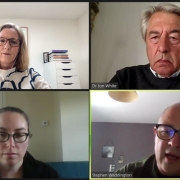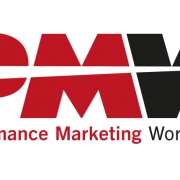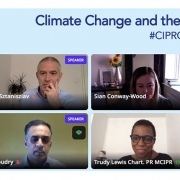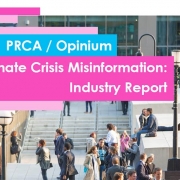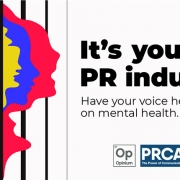Learning the lessons from the COVID-19 crisis
This is a guest post from Onyx Health managing director Karen Winterhalter.
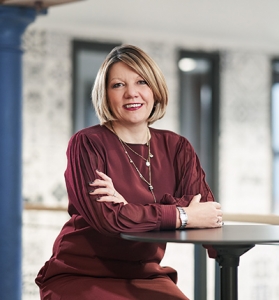
Over the past 15 months, the COVID-19 pandemic has transformed the communication landscape in a way that few would have predicted.
As a healthcare PR agency, we’ve seen some of the challenges of getting out the right messages during a global health crisis first-hand. As we reflect on a period of seismic change for the sector, there are important lessons to learn about the way healthcare information is communicated and consumed.
1. Getting in the headlines when COVID-19 is the only game in town
The news cycle has become the COVID-19 cycle. Research by Populous shows that content related to COVID-19 made up 87% of news consumption at the peak of the crisis.
Getting stories to cut through in a news cycle clogged up by COVID-19 is no mean feat. Stories that would normally be big news could easily get overshadowed amid the melee. Moreover, many journalists experienced COVID-19 fatigue and grew weary of an inbox full of pseudo stories with tenuous links to the pandemic.
So, to get in the headlines, you need to focus on your PR fundamentals. The power of relationships, news values and authenticity, are crucial to get your message to cut through during the pandemic.
It’s about asking yourself what makes something newsworthy; you need something distinctive and eye-catching to get a journalist’s attention during the current climate.
Applying a COVID-19 lens to your media content is really important, as news coverage is filtered and perceived through this global news story. However, this must strike a difficult balance between adapting to the changing nature of the news cycle, without being cynical and jumping on the bandwagon to get coverage. Authenticity is the key to success and making sure your content hits the mark.
2. Fake news and information inequality
One of the most disturbing features of the pandemic is how quickly conspiracy theories and fake news spread like wildfire across social media. Whether its Bill Gates, 5G or China’s Wuhan lab leak, the growing mountain of misinformation created an uneasy sense that it was all a hoax, and the public were being lied to.
At a time when the Government needed the public to follow the COVID-19 restrictions, practice social distancing, and wear masks, this had serious implications for public health and the spread of the virus.
The NHS did some vitally important work with global tech giants Google, Twitter, Instagram and Facebook to help lead the counterattack against fake news. This involved a series of targeted measures, including search algorithms to put NHS guidance at the top of the rankings, blue ticks for verified NHS sources and the suspension of rogue accounts spreading misinformation.
The Department for Digital, Culture, Media and Sport recently launched a campaign to tackle vaccine misinformation, using a series of shareable videos and images on social media to create viral content to combat the anti-vaxxers.
Tackling fake news and information inequality is an ongoing challenge that we have yet to solve. As healthcare communicators, we have a duty to uphold the highest standards when it comes to healthcare information, challenging misleading content and promoting official sources.
3. The power of an emotional message
One of the most striking features of the COVID-19 crisis is the ability of emotionally driven messaging to deliver behaviour change.
The Government’s lockdown messaging got off to a strong start with ‘Stay at Home. Protect the NHS. Save Lives’. These were clear, hard-hitting, and effective, prompting one of the most unprecedented acts of civil obedience in our peacetime history. People were left no doubt what they needed to do and why.
As the lockdown restrictions relaxed, the Government’s carefully crafted messaging unravelled. The new message ‘Stay Alert’ seemed vague and unclear. Grouping a multitude of potential behavioural responses under a single phrase lacked the same emotionally resonant call-to-action.
Learning from past mistakes, the Government’s ‘look them in the eyes’ campaign created hard-hitting TV adverts, asking viewers to think about the impact their actions might have on NHS staff and COVID-19 patients. It included a series of harrowing images of exhausted NHS staff and emaciated COVID-19 patients receiving oxygen, harnessing the power of COVID-19’s human cost to influence public behaviour.
Analysis by Britain Thinks suggests that 73% of the British public were following the rules at the height of the crisis in an extraordinary act of mass collective action. So, while delivering behaviour change isn’t easy, it is possible. Getting the public to follow the rules was a complicated task, but adopting the right communication tactics can make it happen.
For more on COVID-19’s impact on public relations, clients and consumers, download our white paper Engagement with health comms during COVID-19.
Find out more about the work of Onyx Health by reading our previous interview with Karen Winterhalter and collaborator Jeff Winton of JWA on building healthy UK and US relations.


